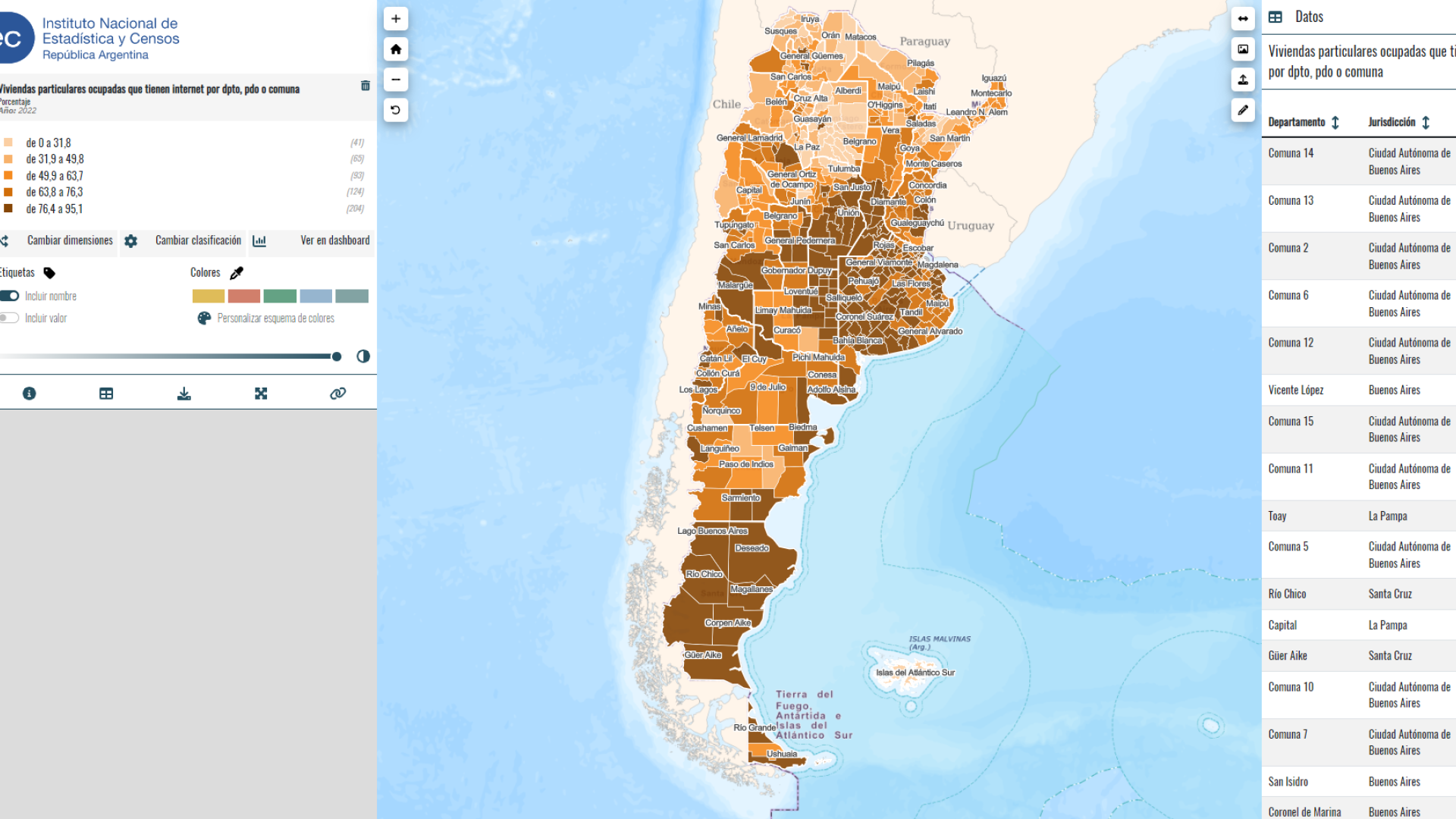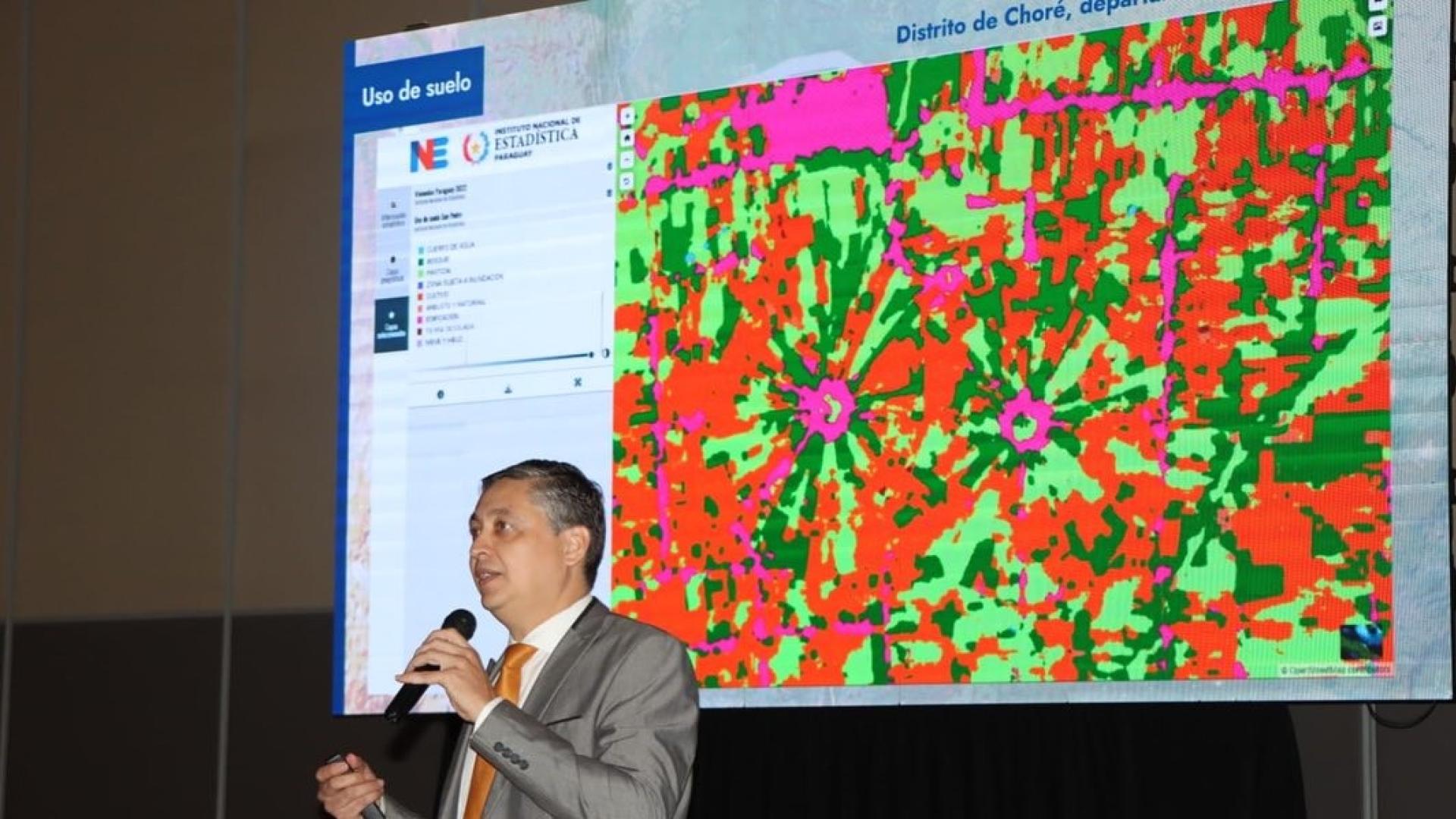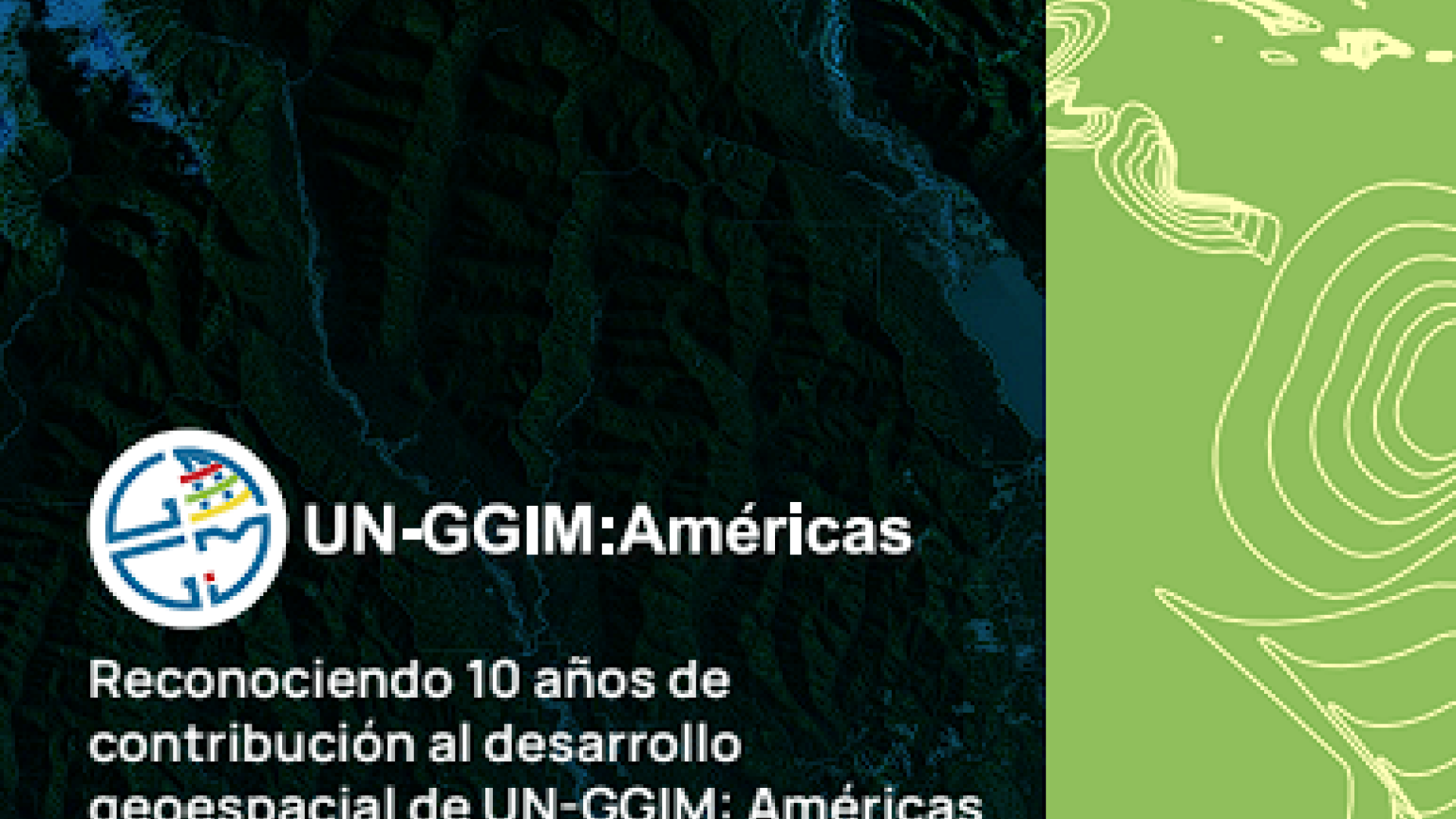Workshop Eyes on nature: earth observations for the environment
Environmental indicators are increasingly used in policy and management contexts, but there are serious data gaps for many parameters of interest for environmental decision-making. With its global coverage and wide range of available tools, Earth Observations (EO) have the potential to fill several of these gaps; this resource provides ecologists and conservationists with a dynamic new tool that enables a more accurate counting from wildlife populations to the rapid detection of deforestation, illegal mining, and other landscape changes. However, its potential contribution to the development of indicators has remained largely untested.
The statistical community (National Statistical Offices and Geographic or Environmental Institutes) faces a growing demand for data in which EO could contribute significantly. However, significant obstacles to the use of satellite EO for the development of indicators remain. This relates to difficulties in accessing and using the data, differences between what satellites truly measure and parameters of interest to decision makers, limited collaboration between stakeholders, technical issues such as cloud cover interfering with satellite data collection, and lack of technical and financial resources. Besides these barriers, there are gaps in the perception of "ready-to-use data" and permissible levels of uncertainty between those in the Remote Sensing community, who have the technical expertise to process the data, and those in the policy community, who could benefit from the indicators. It is clear that the efforts made to strengthen these aspects in the region will favor the production of timely and relevant information.
Objective:
To share data, experiences and initiatives allowing to explore the feasibility of using satellite EO to contribute and improve decision-making activities by official agencies through rigorous environmental indicators.
Information sources and platforms presented at the workshop
World Environment Situation Room - This tool is used to add statistical information with earth observations, and allows the information to be worked at a global and regional level. As part of the tool, there is a Freshwater Ecosystem Explorer applied to the SDG 6.6.1 Indicator https://www.sdg661.app/
ARIES – This tool called ARIES by SEEA explorer is still under development and focuses on ecosystem accounting. ARIES has the particularity of using artificial intelligence through machine learning and machine reasoning. This feature allows you to do intelligent searches in the system by adding some keywords. https://aries.integratedmodelling.org/aries-for-seea-explorer/
Open Foris – the platform allows spatial changes to be identified through a satellite image such as a plot, and to obtain a time series of images with respect to the site where the plot was located. http://www.openforis.org/tools/collect-earth/
Inter-American Academy of Geosciences & Applications – this is a training platform that provides courses for those who wish to learn and teach about earth sciences and their applications. https://academy.amerigeoss.org/
Advances and emerging challenges
Digital Earth Americas – free access regional data cubes (Open Data Cube) are very useful for temporal analysis of changes on the planet.
Gaps – there is a disconnect between the institutions that make use of geospatial information and decision makers, as well as between different levels such as regional, national and even community level.
Duplication of efforts – it is necessary to promote a greater flow of information in order to avoid duplication of work.
Ethical use of information – promoting an ethical use of geospatial information, particularly among decision makers, is one of the aspects that is gaining relevance.
5 Oct 2021
-
Welcome remarks
11:00 to 11:05Workshop moderation: Jesarela López
▪ Paloma Merodio, INEGI
▪ Rolando Ocampo Alcántar, Statistics Division of ECLAC -
Section 1: Data-sources and platforms
11:05 to 11:55Moderator: Jimena Juárez
- Brian Killough, NASAUso de datos satelitales en la nube con el Cubo de datos abiertos / NASA Open Satellite DataJuan Torres Batllo, EO Data ScienceEO Data Science through Google Earth EngineFrancesco Gaetani, UNEPSituación del Medio Ambiente. Datos, información y plataforma de conocimientos del PNUMA / Environmental platformsFerdinando Villa, BC3ARIES 4 SEEA – Demostración de la Plataforma / Platform demoAlfonso Sánchez, FAOIniciativa FORIS / Open FORIS Initiative
-
Section 2: EO Communities in the Region
11:55 to 12:20Moderator: Francisco Jiménez, ECLAC consultant
- Rosario Casanova, UN-GGIM: AméricasNancy Searby, AmeriGEO – Americas AcademyAmeriGEO & Inter-American Academy for Geosciences & ApplicationsPaloma Merodio, Digital Earth Americas and CariGEODigital Earth Americas and CariGEOÁlvaro Monett, CEPAL / ECLACJimena Juárez, Digital EarthInformed decisions digital earth Americas
-
Questions and answers
12:20 to 12:30- Encuesta en vivo a los participantes / Live participant survey
-
Workshop closure
12:30 to 12:35



